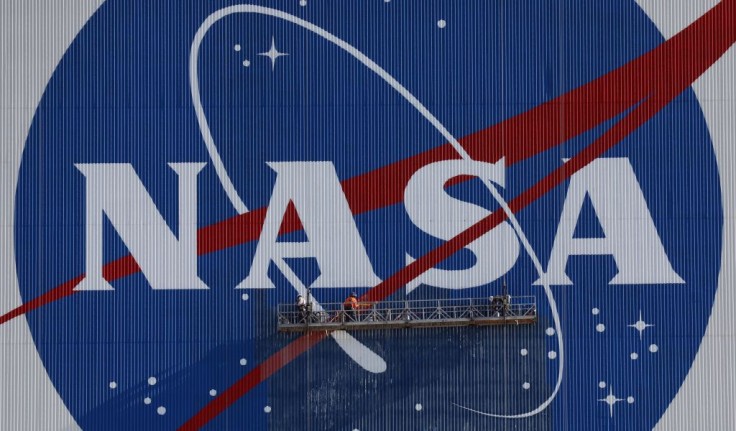
After its launch last November, the NASA DART spacecraft has captured an epic celestial view which is 2 million miles away from Earth.
As everyone knows, the said spacecraft was launched as an experiment to divert an asteroid.
NASA DART Spacecraft
NASA's Double Asteroid Redirection Test (DART) spacecraft has opened its eye and transmitted its first photographs from orbit last December 2021.
This incident is a key operational milestone for the spacecraft and the DART team.
.@NASA’s Double Asteroid Redirection Test (DART) spacecraft has opened its “eye” and returned its first images from space — a major operational milestone for the spacecraft and #DARTMission team.
— NASA Asteroid Watch (@AsteroidWatch) December 22, 2021
Learn more: https://t.co/j74DxqgVln pic.twitter.com/UotnwX1KGI
According to the recent blog post of the space agency, the scientists and engineers at Johns Hopkins Applied Physics Laboratory in Laurel, Maryland held their breath in suspense after the the DART spacecraft experienced severe vibrations and drastic temperature drop to minus 80 degrees during its launch.
Because components of the spacecraft's telescopic instrument are sensitive to movements as small as 5 millionths of a meter, even a minor change in the instrument might have catastrophic consequences.
"On Tuesday, Dec. 7, the spacecraft popped open the circular door covering the aperture of its DRACO telescopic camera and, to everyone's glee, streamed back the first image of its surrounding environment," the NASA blog continued.
Through the dark background, the photograph highlights a dozen of stars, which are near to the constellations Perseus, Aries and Taurus intersect. In astronomical terms, the image was taken about 2 million miles or 11 light seconds away from Earth, which is considered close enough.
Moreover, the stars in the image were used by NASA's DART navigation team at the Jet Propulsion Laboratory in California to recognize exactly how DRACO was positioned, producing the first observations of how the camera is pointed relative to the spacecraft.
With those data, the DART team was able to accurately move the spacecraft to point DRACO towards the objects of interest, such as Messier 38 (M38), commonly known as the Starfish Cluster.
In relation to this, DART photographed M38 last December 10. The star cluster is 4,200 light-years away from Earth and is in the constellation Auriga.
The photos containing multiple stars like M38 aids the researchers in identifying optical defects in the photographs as well as calibrating how brilliant a space object is. Furthermore, the image is a crucial element for correct readings when DRACO begins investigating the binary asteroid system Didymos.
When Will NASA DART Spacecraft Hit Target Asteroid?
According to Earth Sky, DART is NASA's first mission to test Earth's planetary defenses, with the purpose to hit a small asteroid and modify its orbit slightly.
It has been obvious in recent decades that asteroids indeed can hit Earth and cause harm. The DART mission serves as a practice run for when Earth is threatened by an approaching asteroid.
DART is scheduled to make an impact on its target asteroid in late 2022, making it the first Earth mission in history to divert an asteroid.
The asteroid that DART is aiming for is Dimorphos, a small moon orbiting the near-Earth asteroid Didymos.
To capture this, DRACO will serve as DART's only instrument, capturing photos of the asteroid Didymos and Dimorphous.
Despite the fact that neither asteroid poses a direct threat to Earth, the NASA DART mission will aim to test if a spacecraft can travel independently to a violent collision on a comparatively small target asteroid. Aside from this, it is also a realistic method for deflecting a dangerous asteroid if one is ever located.
DART is expected to hit its target on September 26, 2022.









